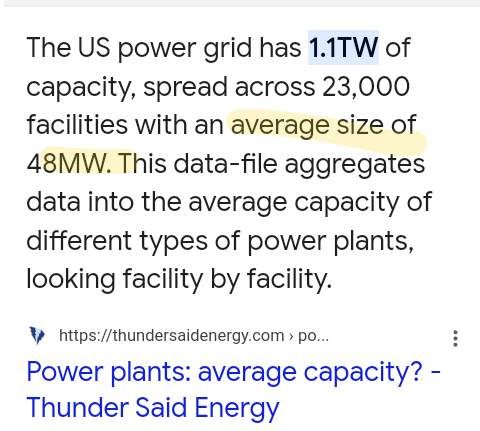The important bit:
NPCI also plans to build a total of 16 700MW of nuclear plants at Rawatbhata, Rajasthan and Gorakhpur, Haryana.
The Indian Government has further approved the construction of ten indigenously built PHWRs across the four states of Haryana, Rajasthan, Madhya Pradesh and Karnataka.
The plan is to ramp up the present nuclear capacity from 7.48GW to 22.4GW by 2031.
